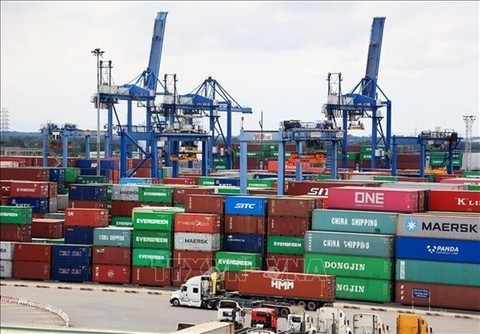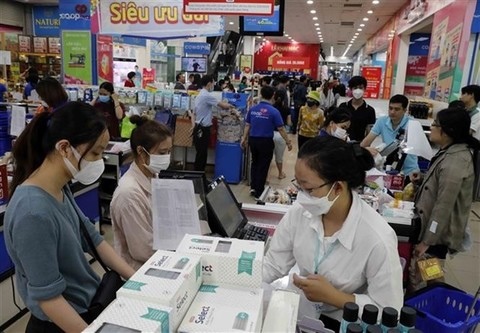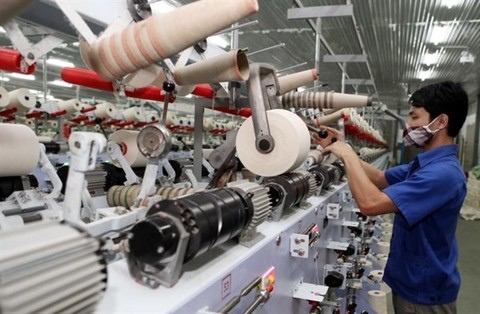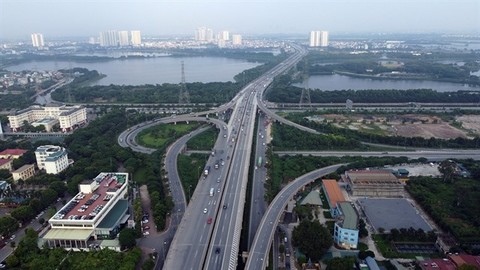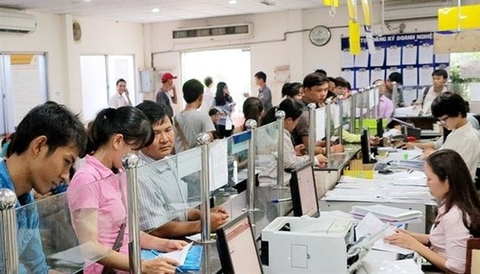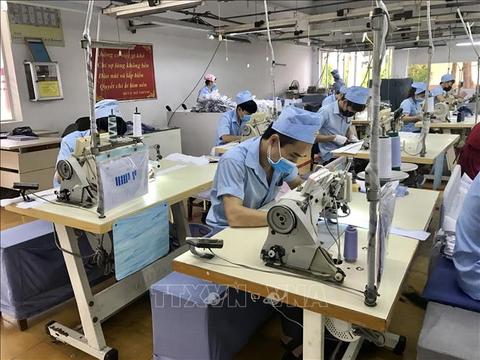Vietnam faces challenges from trade conflict
Vietnam faces challenges from trade conflict
Statistics on import-export and investment activities during the first few months of the year show that Vietnam did not see any positive effects from the U.S.-China trade war as forecast by several U.S. agencies and the press.
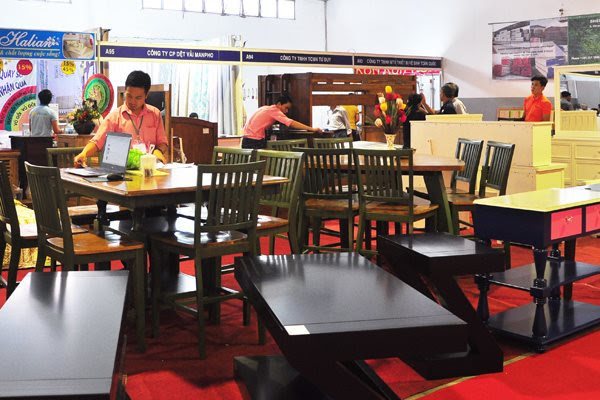
Overall, Vietnam's exports to the United States are rising, but its shipments to other markets are facing huge obstacles.
Nguyen Thi Thu Trang, director of the WTO Center and Integration, under the Vietnam Chamber of Commerce and Industry, cited data released by the United States to note that the country saw its exports to the United States rising 36% in the first five months of the year.
According to Trang, Vietnam became the eighth largest source of U.S. imports, even though Vietnam’s market share stateside is a mere 2.5%. Also, Vietnam continues to be one of the five countries to have achieved a trade surplus with the United States.
However, on analyzing each export-product group, it is clear that the country’s exports saw only modest growth, although Vietnam is one of the countries previously forecast to achieve strong growth from the U.S-China trade dispute, she remarked at an event on ways to cope with the China-U.S. trade war and the European Union-Vietnam Free Trade Agreement, held on July 18 in HCMC.
Local exports of mobile phones and phone parts to the United States surged a staggering 91%, the highest growth rate among the export-product groups. Therefore, Vietnam’s strong growth rate had little to do with the United States’ steep tariffs imposed on Chinese imports.
In fact, the United States did not slap high tariffs on Chinese phone imports, Trang said.
Apart from that, local wooden furniture exports to the United States rose 35% in the five-month period but dropped in other foreign markets. Meanwhile, the wooden furniture sector’s production growth rate and inventory index in the country remained modest, according to the General Statistics Office. Thus, the local economy gained little benefit with regard to this sector, Trang explained.
In addition, many Vietnamese export items to China saw a deep decline, which went against many forecasts that Vietnam would replace the United States in boosting exports to China.
Local exports to China during the year up to May slipped 1.4% year-on-year, while the year-ago period saw a 31% increase versus the 2017 figure, which demonstrates that Vietnamese goods did not replace the U.S. items on the Chinese market, she emphad.
The head of the WTO Center added that Vietnamese products are facing fierce competition from Chinese goods and those of other countries. Once China’s exports to the United States were hindered, it would ship them to other countries and, as a result, compete directly with Vietnam.
Regarding capital flow, foreign investment in Vietnam dropped by over 9% in recent months. The country only saw rising investment from Hong Kong and Taiwanese investors.
Also, data released by the Japan External Trade Organization revealed that Japanese firms are moving their businesses out of China, but the upcoming destination is definitely not Vietnam.
In general, Vietnam reaped no rewards from the trade war and is facing obstacles, Trang reiterated.
According to Can Van Luc, chief economist and director of the BIDV Training and Research Institute, the adverse effects of the U.S.-China trade war on Vietnam are obvious. In the first half of the year, Vietnam’s exports to Europe decreased by 0.4% over the same period last year.
The country expected an export growth rate of 8%-10% this year, Luc said, adding that a growth rate of 14% in exports, as in 2018, seems impossible.
In the six-month period, the country reported a 27.4% increase in exports stateside, which put the country in an awkward position as Vietnam wants to reduce the trade surplus with the United States.
Meanwhile, imports from China to Vietnam, especially for computers and accessories, surged, raising suspicions of origin fraud. Vietnam also spent a significant amount on U.S. imports, mainly for production materials.
The country has been included on the United States’ list of countries being monitored for possible currency manipulation, and the United States will reach its final conclusions on this issue in September.
Luc proposed the Government update information on and manage the exchange rates flexibly.
He also voiced concern over a potential hike in the prices of imports from the United States and China, which will spur domestic firms’ production costs. This would then lead to a hike in goods’ prices, putting pressure on inflation.
Addressing the event, Vu Duc Giang, chairman of the Vietnam Textile and Apparel Association, said that many apparel firms are facing multiple obstacles due to the trade war. Exports from the local yarn sector, which typically generate US$3 billion in exports annually, including some US$2.4 billion earned from the Chinese market, have now come to a halt.
Since Chinese importers are offering extremely low prices for Vietnamese fiber, local firms have suspended trading with them. Besides this, the considerable gap in value-added tax between the two countries and China’s demand for a 15% discount have created more obstacles, Giang said.



